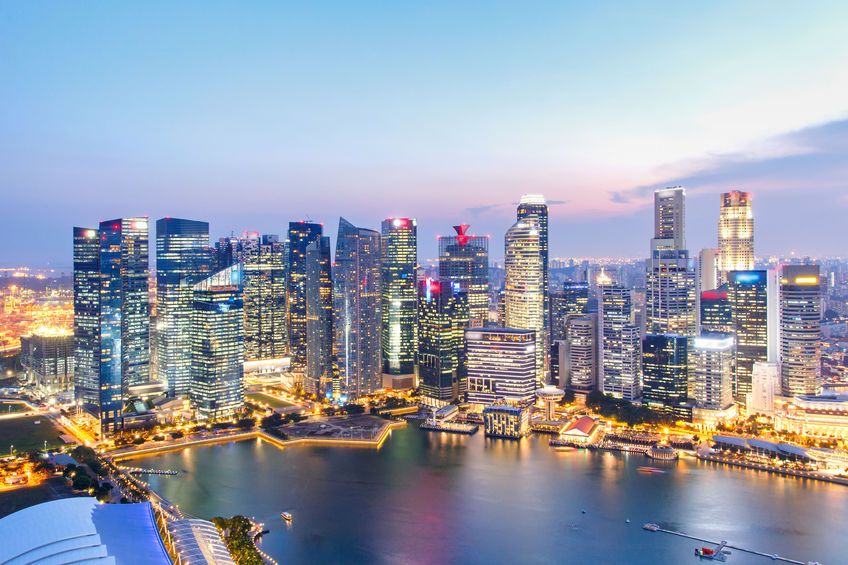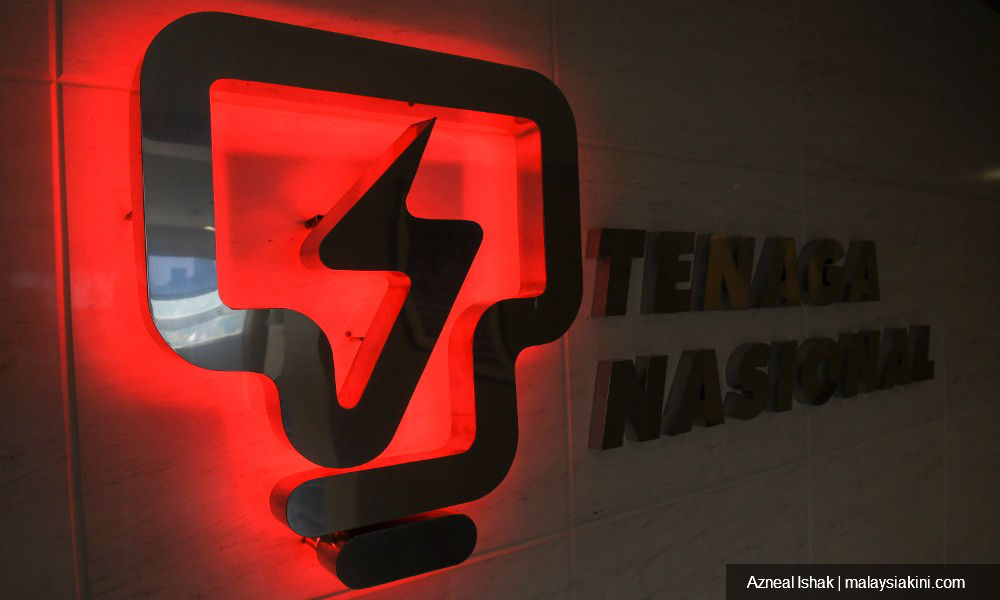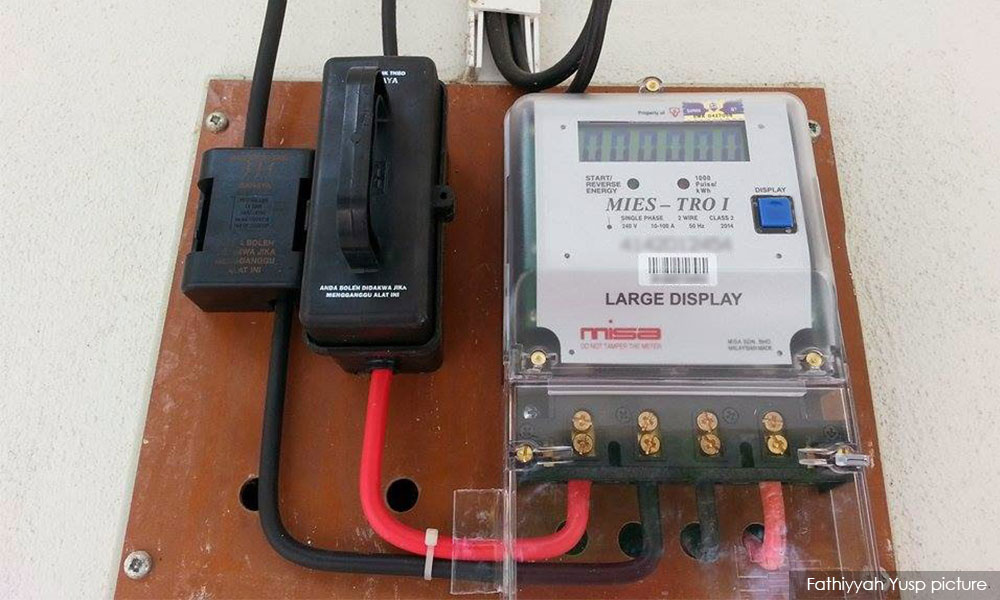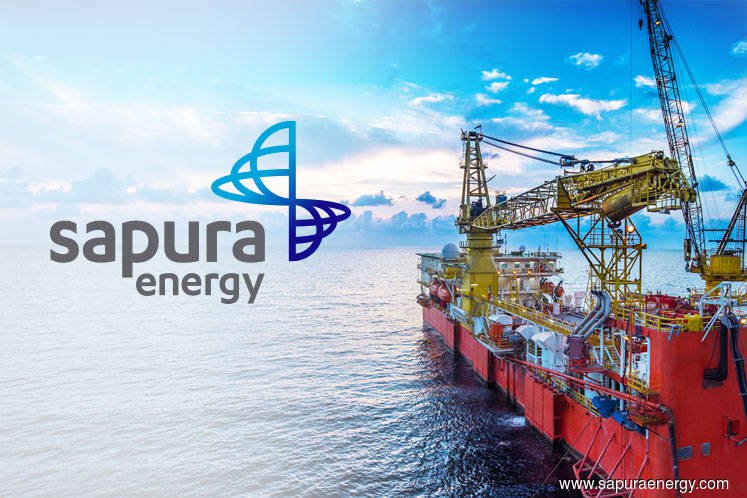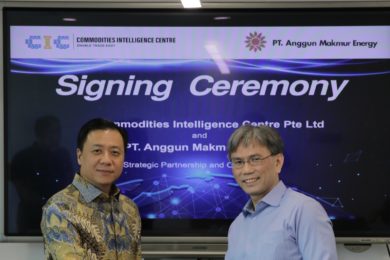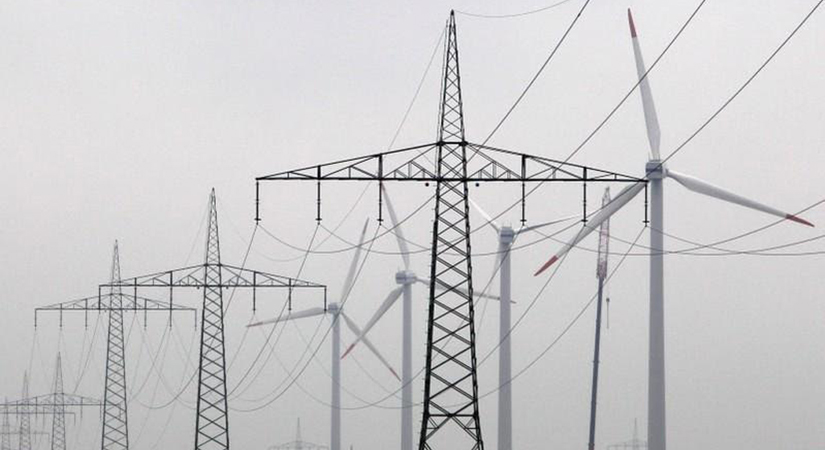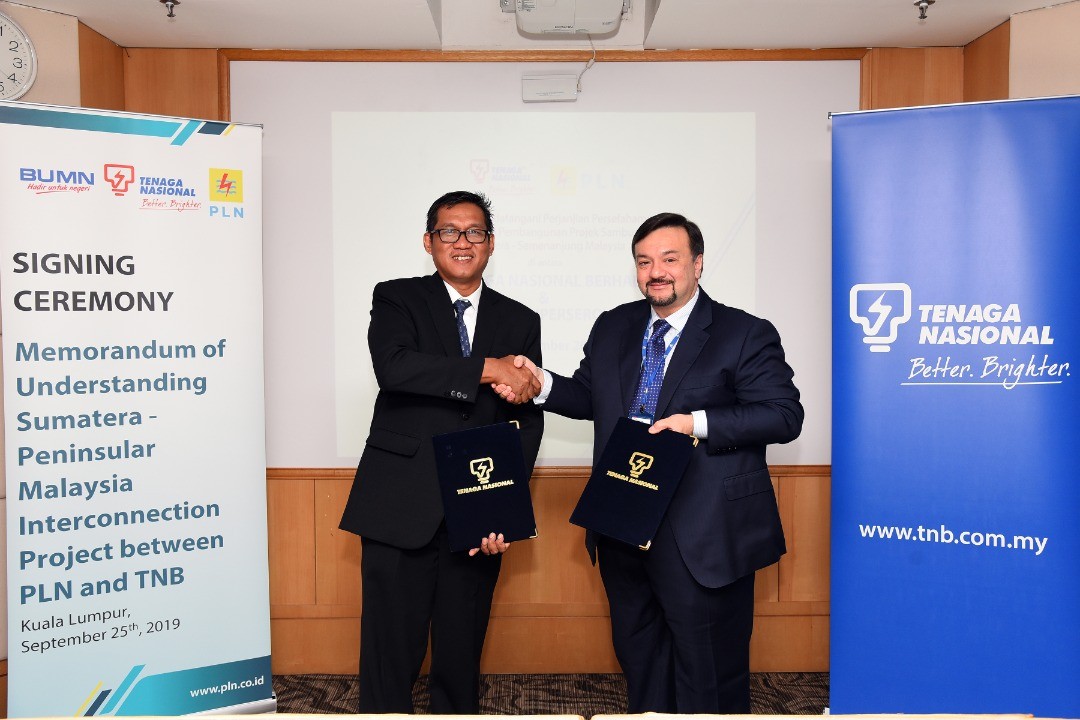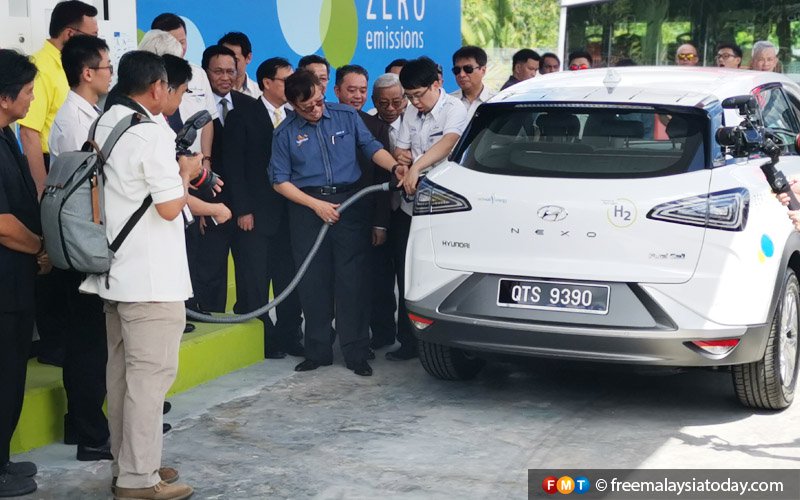- Renewables
–
- Malaysia
HAZE occurs when dust and smoke particles accumulate in the air. When weather conditions block the dispersal of smoke and pollutants, they concentrate and form a low-hanging shroud that impairs visibility and may become a respiratory health threat.
Since 1991, haze has been an acute problem in Southeast Asia because Indonesian forests are burned to clear land and the smoke is blown by the wind to neighbouring countries.
Energy losses caused by air pollution on solar panels are widespread and the situation in each area is different.
This is according to our recent study published in the Journal of Plos One titled “Evaluation of the 2013 Southeast Asian Haze on Solar Generation Performance”.
This study aims to define the effect of the 2013 Southeast Asia haze pollution on solar generation from June 1 to June 30, 2013.
Two types of photovoltaic (PV, a method of generating electric power) solar arrays, namely two units of a 1kWp (kilowatt peak) Tracking Flat Photovoltaic (TFP) and two units of a 1kWp Fixed Flat Photovoltaic arrays (FFP), were used.
A solar array is a collection of multiple solar panels that generate electricity as a system. The performance of solar arrays was evaluated by using environmental data (irradiation, temperature, dust thickness and air pollutant index), power output and energy yield. A practical approach is proposed to compare the power output and energy yield from both arrays. Data analysis was conducted on 2,190 samples at 30-minute intervals from June 1, 2013, when both arrays were washed, until June 30, 2013.
The operations of the TFP and FFP arrays installed at Universiti Putra Malaysia before, during and after the haze were monitored to determine the behaviour of both systems.
The results indicated that the effect on PV generation was strongly dependent on the haze pollution and it showed that power generation was reduced because of pollution during haze conditions to about 30 per cent.
This result was obtained after analysing more than one dataset per month and after different environmental elements were applied to the same PV plates. Also, due to pollution during the 30-day period, the average generation of FFP arrays was around 58watt less than the TFP arrays.
ASSOCIATE PROFESSOR DR HASHIM HIZAM; MOHAMMAD REZA MAGHAMI
Department of Electrical Engineering, Faculty of Engineering, University Putra Malaysia


